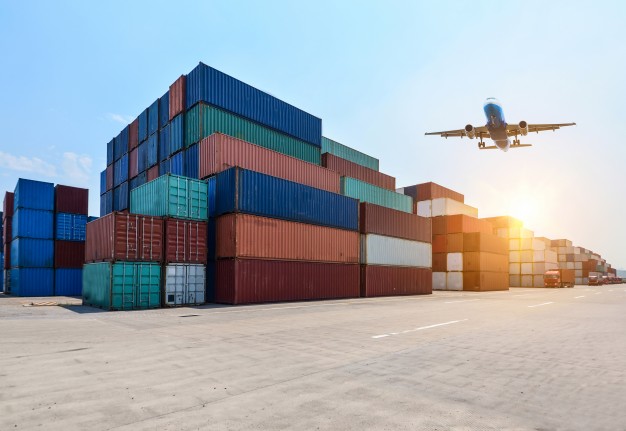
09 Nov
Australia’s livestock export industry is a thriving one. Since decades, the exporters from the country globally export sheep, goats, cattle, buffalo and other animals with a dramatic success rate. Undoubtedly, one of the top reasons behind the industry’s success is the regulation and administration of livestock export.
As a livestock exporter, you must ful-fil some important documentation requirements that validate the commodities’ quality throughout the supply chain. If it is your first time, you must begin by knowing that:
- First, the Department of Agriculture, Water and the Environment (DAWE) is the agency authorized to administer the export of live animals.
- Second, you must comply with the Australian Meat and Live-stock Industry Act 1997
- Third, you must update yourself regarding the regulations under the latest Export Control Rules 2021
Besides, you must know what documents you need to export livestock and what preparations you must make to have them. In general, you would need:
- An export permit
- A health certificate Australia, which certifies the good health of the animals intended for export
- Various transport documents in international trade. These include, for example, the bill of adding if you export via water.
- Other documents like commercial invoices and packing lists and so on.
Among these certificates, export permit and health certificate requires you to undergo a set procedure. You must apply with the DAWE in order to obtain these important trade documents. Here is a brief guide to help you:
Meet the ASEL – To begin with, you must thoroughly understand and adhere to the Australian Standards for the Export of Livestock (AESL). It is important that you refer to the manual’s current version and make the required arrangements accordingly.
Approved Arrangement – In simple words, an approved arrangement is an agreement between a licensed livestock exporter and the DAWE. The purpose of this agreement is to streamline the entire process of export certification. The exporter must apply with the DAWE for a new approved arrangement which outlines the operations like governance, transportation and quality assurance of the livestock.
Comply with ESCAS – The exporter must ensure that his or her business complies with the Exporter Supply Chain Assurance System’s principles. Generally, these principles prescribe how to take care of animal welfare, traceability and auditing of livestock across the supply chain. In short, the system handles the complete management of livestock not just in the exporting country, but also after it reaches the importing country.
Importing Country Requirements – Obviously, it is essential for a livestock exporter to meet the importing country requirements that may differ from one country to another. For this, you can refer to the detailed Manual of Importing Country Requirements available on the DAWE website.
In addition to these, you must also declare in your application how you plan to meet some special requirements for livestock export. For instance, to export sheep by sea during the months from May to October, you must meet the requirements regarding watering systems, heat stress management, bedding and more.
Software for Livestock Export Documentation
A software can make the task of documentation for exporting livestock much easier. In fact, it is an important need if you wish to communicate with the EXDOC system of DAWE for export documentation. It can help you to:
- Apply for an export permit as well as for health certificates electronically
- Replace the tedious paperwork for various documents
- Reduce human errors, time consumption and costs
- Manage and maintain documents efficiently for reporting and analysing
The way you manage export documentation can significantly improve your profits from livestock export. Make sure you keep a watch on the changing norms and standards to do it right.


